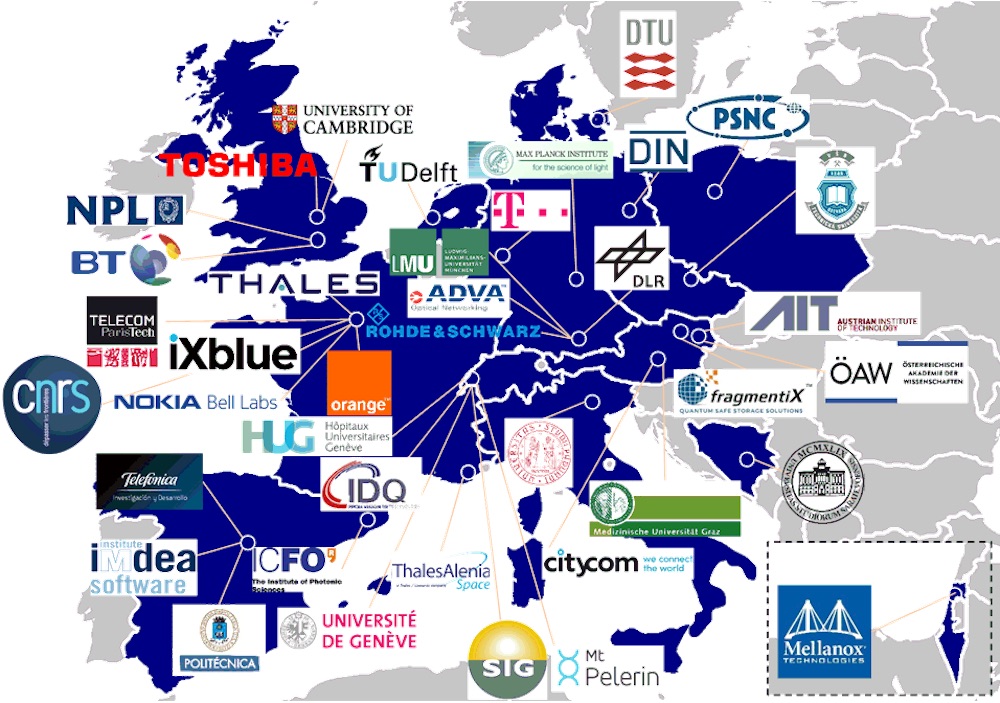Mt Pelerin Receives Funding from the EU for its Quantum Vault
September 24th 2019

Credit: Massimo Brega/Kepach production
On June 4th, Mt Pelerin was announcing its partnership with ID Quantique, the Geneva-based maker of state-of-the-art quantum-based secure communication systems, to develop the Quantum Vault: an institutional-grade, ultra secure crypto custody solution that Mt Pelerin would be using for its future bank.
Today, we are happy to announce that this partnership has been selected together with the University of Geneva and the Services Industriels de Genève by the European Union for its OPENQKD research project.
Funded by the EU with €15 million, the purpose of OPENQKD is to create and test on the continent a communication infrastructure that will answer some of today's data security challenges using QKD (Quantum Key Distribution). To do so, the EU has selected 38 organizations from 13 countries across the continent to work on specific use cases related to their respective sectors of activity.
The EU has chosen 4 partners in Switzerland, which were mentioned above and which are all based in Geneva, to work on four use cases.

Mt Pelerin's use case will be to apply QKD to the domain of crypto custody, in order to demonstrate that this technology can result in a highly secure solution that can be deployed in real-life situations within any financial institution that might deal with digital assets: central banks, commercial banks, cryptocurrency exchanges, asset managers, and so on.
The Quantum Vault will be based on a software layer developed by Mt Pelerin, on QKD systems developed by ID Quantique and the University of Geneva, and on HSM (hardware security module) systems provided by a third party supplier. The Quantum Vault will be tested in Geneva over the SIG's optical fiber network.
The concept behind the Quantum Vault is to use QKD communication between multiple HSM systems hosted in different locations. These systems store and back up private keys fragmented over them, which prevents the existence of a single point of attack for a potential hacker. When the keys are needed the HSMs communicate with each other over an optical fiber network, which is where attacks might happen while being hardly detectable.
This is where QKD brings a new element of strong security, as the technology can basically tell whether a single photon (the particle of light carrying information over an optical fiber) has been observed or not between two communicating nodes. In case of interference, the information being communicated is instantly rendered unusable for the attacker.
With this unprecedented level of communication security, the Quantum Vault will tick all the boxes to address one of the key concerns of traditional financial institutions when adding the custody of cryptocurrencies and other digital assets to their services.